Home>Furniture & Design>Interior Design Trends>What Is Carnival Glass
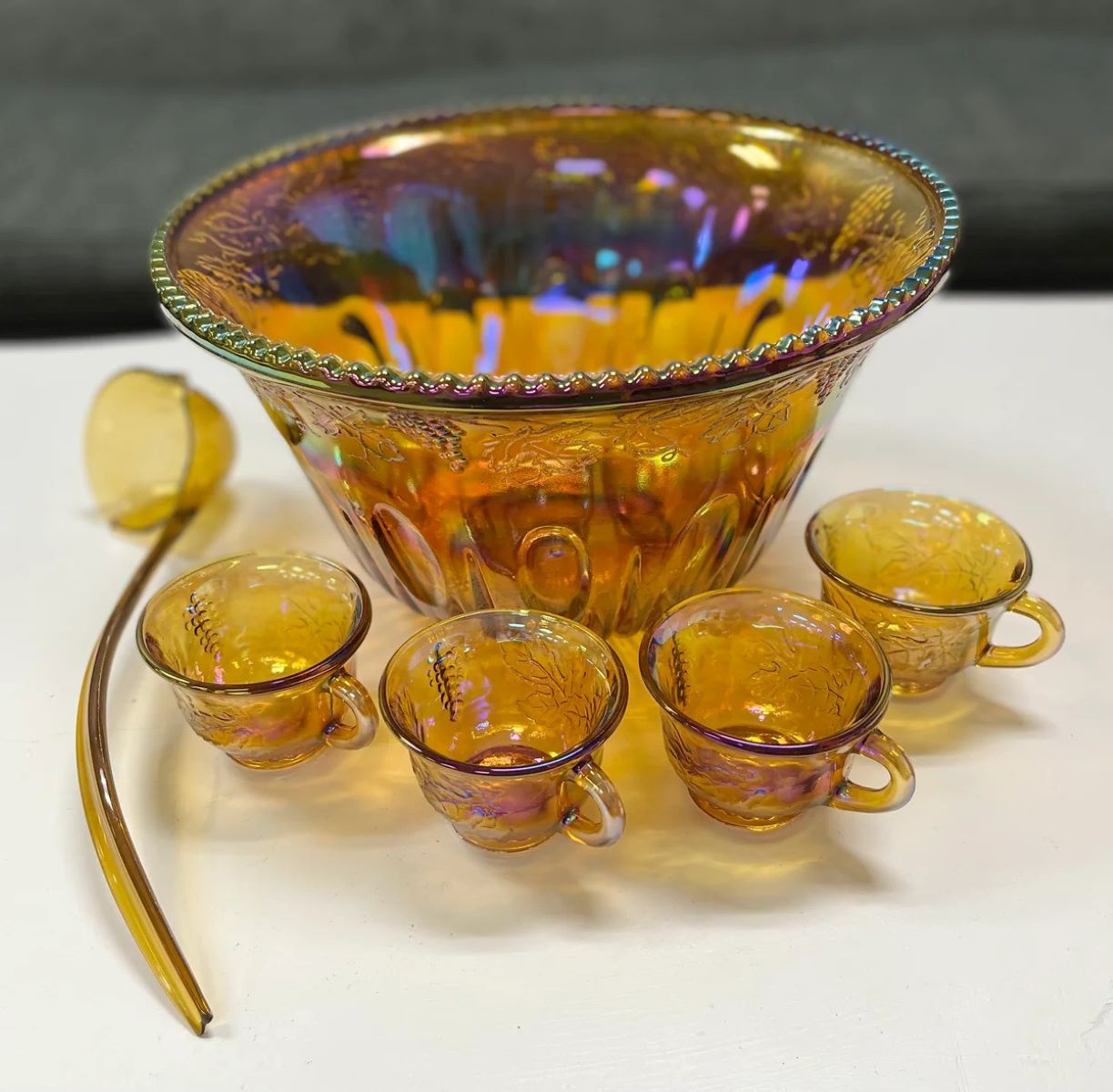

Interior Design Trends
What Is Carnival Glass
Modified: May 6, 2024
Discover the allure of carnival glass and its impact on interior design trends. Explore the history and beauty of this timeless decorative art.
(Many of the links in this article redirect to a specific reviewed product. Your purchase of these products through affiliate links helps to generate commission for Storables.com, at no extra cost. Learn more)
History of Carnival Glass
Carnival glass, also known as iridescent glass, has a rich and fascinating history that dates back to the early 20th century. Its origin can be traced to the United States, where it gained immense popularity during the early 1900s. The term "carnival glass" was coined due to its widespread distribution as prizes at carnivals, fairs, and other similar events.
The production of carnival glass began around 1907, when glass manufacturers sought to replicate the iridescent sheen of more expensive art glass, such as Tiffany and Steuben, at a fraction of the cost. This led to the development of a unique glass-making process that involved spraying the hot glass with metallic salts, followed by a layer of metallic oxides. The resulting chemical reactions produced the distinctive iridescent finish that carnival glass is renowned for.
During its peak in the 1920s, carnival glass was mass-produced by numerous glass companies, including Fenton, Northwood, Imperial, and Dugan, among others. These companies competed fiercely to create intricate patterns and vibrant colors to captivate consumers. The widespread availability and affordability of carnival glass made it a beloved household item, adorning dining tables and mantelpieces across the country.
However, the Great Depression and World War II led to a decline in carnival glass production, as economic hardships and material shortages forced many glass manufacturers to cease production. Despite this setback, carnival glass experienced a resurgence in the 1950s and 1960s, as collectors began to appreciate its historical significance and unique aesthetic appeal.
Today, carnival glass holds a special place in the hearts of collectors and enthusiasts worldwide. Its enduring legacy as a symbol of the bygone era of American craftsmanship and ingenuity continues to captivate new generations of admirers.
In summary, the history of carnival glass is a testament to the innovative spirit of early 20th-century glassmakers and the enduring allure of this iridescent treasure. Its journey from humble carnival prizes to cherished collectibles reflects the timeless appeal of carnival glass and its enduring legacy in the world of decorative arts.
Key Takeaways:
- Carnival glass, with its mesmerizing iridescent finish and intricate patterns, has a rich history dating back to the early 20th century. It was popular as carnival prizes and continues to captivate collectors worldwide.
- The value of carnival glass is influenced by historical significance, rarity, condition, and collector demand. Its uses today include home decor, table settings, floral arrangements, and collecting, showcasing its timeless allure.
Read more: What Pillows Does Carnival Cruise Use
Characteristics of Carnival Glass
Carnival glass is renowned for its distinctive characteristics, which contribute to its enduring allure and timeless appeal. These characteristics set carnival glass apart from other types of glassware, making it a beloved choice for collectors and enthusiasts alike.
Iridescent Finish
The hallmark feature of carnival glass is its mesmerizing iridescent finish. This iridescence, also known as "Carnival," "Marigold," or "Aurora," creates a stunning play of colors that shimmer and shift when viewed from different angles. The iridescent effect is achieved through a meticulous process of spraying the hot glass with metallic salts, followed by a layer of metallic oxides. This chemical reaction results in a lustrous, rainbow-like sheen that gives carnival glass its enchanting allure.
Intricate Patterns
Carnival glass is celebrated for its intricate and elaborate patterns, which are deeply embossed or pressed into the glass surface. These patterns often draw inspiration from nature, featuring motifs such as flowers, fruits, leaves, and geometric designs. The interplay of light and shadow on the iridescent surface accentuates the intricate details of these patterns, creating a captivating visual display that delights the eye.
Vibrant Colors
One of the most captivating aspects of carnival glass is its vibrant color palette. From rich ambers and cobalt blues to radiant greens and purples, carnival glass exhibits a wide range of hues that add depth and dimension to its iridescent finish. The interplay of colors, combined with the iridescent sheen, gives carnival glass a dynamic and lively presence, making it a striking addition to any collection or display.
Read more: How To Win At The Ring Toss Carnival Game
Opalescent Quality
In addition to its iridescence, carnival glass often possesses an opalescent quality, with milky or translucent areas that further enhance its visual appeal. This opalescent effect adds a sense of depth and mystery to carnival glass, as the interplay of opalescent and iridescent elements creates a captivating contrast that captivates the viewer.
Unique Shapes and Forms
Carnival glass comes in a variety of shapes and forms, including bowls, vases, plates, tumblers, and more. These diverse forms showcase the versatility of carnival glass and its ability to adapt to different functional and decorative purposes. The combination of iridescence, intricate patterns, vibrant colors, and unique forms makes carnival glass a truly captivating and versatile collectible.
In essence, the characteristics of carnival glass, including its iridescent finish, intricate patterns, vibrant colors, opalescent quality, and unique shapes, contribute to its enduring appeal and timeless charm. These defining features have solidified carnival glass as a beloved treasure for collectors and enthusiasts, preserving its legacy as a cherished decorative art form.
How Carnival Glass is Made
The mesmerizing iridescence and intricate patterns of carnival glass are the result of a meticulous and intricate manufacturing process that requires precision and artistry. The creation of carnival glass involves a series of carefully orchestrated steps that transform molten glass into a radiant and captivating work of art.
The process begins with the selection of high-quality molten glass, which serves as the foundation for carnival glass production. This molten glass is carefully ladled or poured into molds, where it takes on the desired shape and form. The molds used in carnival glass production are often intricately designed to impart unique textures and patterns onto the glass surface.
Once the glass has been molded, it undergoes a crucial treatment that sets carnival glass apart from other types of glassware. This treatment involves the application of metallic salts, such as stannous chloride or lead chloride, onto the hot glass surface. The application of these metallic salts is a delicate and precise task, as it requires skilled artisans to achieve an even and consistent coverage.
Following the application of metallic salts, the glass is subjected to a reheating process that allows the salts to react with the glass surface. This chemical reaction creates the stunning iridescent effect that is synonymous with carnival glass, as the metallic salts form a thin layer of metallic oxides on the glass, resulting in a lustrous and colorful sheen.
After the iridescence has been achieved, the glass undergoes further shaping and finishing processes to refine its form and enhance its visual appeal. This may involve additional heating and cooling cycles, as well as polishing and smoothing techniques to ensure that the carnival glass exhibits a flawless and radiant finish.
The entire manufacturing process of carnival glass requires a harmonious blend of traditional craftsmanship and scientific precision, as artisans and glassmakers work in tandem to create these exquisite pieces. The artistry and skill involved in producing carnival glass are a testament to the dedication and ingenuity of the individuals who bring these iridescent treasures to life.
In essence, the production of carnival glass is a labor of love that combines art, science, and craftsmanship to yield glassware that continues to captivate and inspire admirers around the world. The intricate process of creating carnival glass underscores its status as a timeless and cherished decorative art form, preserving its legacy for generations to come.
Popular Patterns and Colors
Carnival glass is celebrated for its diverse array of patterns and colors, each contributing to the allure and collectibility of these iridescent treasures. From intricate motifs to vibrant hues, the popular patterns and colors of carnival glass showcase the artistry and creativity of glassmakers during the early 20th century.
Patterns
Peacock Tail
One of the most iconic patterns in carnival glass, the Peacock Tail design features a stunning array of feather-like motifs that radiate from the center of the glassware. The intricate detailing and vibrant colors mimic the iridescent plumage of a peacock, creating a mesmerizing visual display that captivates collectors and enthusiasts.
Grape and Cable
The Grape and Cable pattern is characterized by its depiction of grape clusters and twisting vines, evoking a sense of abundance and natural beauty. The intricate detailing of the grapes and leaves, combined with the iridescent finish, lends a sense of opulence and elegance to glassware adorned with this beloved pattern.
Butterfly and Berry
This whimsical pattern showcases delicate butterfly motifs fluttering amidst clusters of berries and foliage. The intricate wings of the butterflies and the lifelike depiction of berries and leaves add a sense of enchantment and charm to carnival glass pieces featuring this delightful design.
Stippled Rays
The Stippled Rays pattern is distinguished by its radiant sunburst motif, which emanates from the center of the glassware in a captivating display of light and shadow. The intricate stippling and embossed detailing create a sense of dynamic movement, making this pattern a sought-after choice for collectors.
Colors
Marigold
Marigold, also known as Carnival, is the most prevalent color found in carnival glass. Its warm, golden hues evoke a sense of richness and opulence, accentuating the iridescent sheen of the glassware. Marigold carnival glass pieces are highly sought after for their classic appeal and timeless elegance.
Amethyst
Amethyst carnival glass exhibits deep, regal purple tones that exude a sense of luxury and sophistication. The rich coloration, combined with the iridescent finish, creates a mesmerizing effect that makes amethyst carnival glass a prized addition to any collection.
Cobalt Blue
Cobalt blue carnival glass is celebrated for its vibrant and striking appearance. The deep blue hues, coupled with the iridescent sheen, imbue the glassware with a sense of depth and allure, making it a coveted choice for collectors who appreciate bold and dramatic colors.
Green
Green carnival glass encompasses a wide spectrum of shades, from delicate pastel greens to rich emerald tones. The verdant hues evoke a sense of nature and vitality, adding a refreshing and vibrant touch to carnival glass pieces adorned with this color.
In summary, the popular patterns and colors of carnival glass reflect the artistry, creativity, and craftsmanship of the early 20th-century glassmakers. From intricate motifs such as Peacock Tail and Grape and Cable to vibrant hues like Marigold and Amethyst, carnival glass continues to captivate collectors with its timeless beauty and enduring appeal.
Collecting Carnival Glass
Collecting carnival glass has become a beloved pursuit for enthusiasts and collectors alike, driven by the allure of its iridescent beauty and historical significance. The process of building a carnival glass collection involves a deep appreciation for the artistry, craftsmanship, and diversity of this iridescent treasure.
One of the most compelling aspects of collecting carnival glass is the sheer variety of patterns, colors, and forms available. From the iconic Peacock Tail and Grape and Cable patterns to the rich hues of Marigold, Amethyst, Cobalt Blue, and Green, carnival glass offers a diverse range of options for collectors to explore. Each piece tells a unique story, reflecting the creativity and artistry of the glassmakers who crafted them.
For collectors, the thrill of the hunt is a central aspect of the collecting experience. Scouring antique shops, flea markets, estate sales, and online auctions in search of elusive and rare carnival glass pieces adds an element of excitement to the pursuit. The joy of discovering a coveted pattern or color variant, or stumbling upon a piece with exceptional iridescence, fuels the passion for collecting carnival glass.
Furthermore, the historical significance of carnival glass adds depth and meaning to the collecting journey. Understanding the origins of carnival glass, its production techniques, and the impact of historical events on its popularity enriches the collector's appreciation for these iridescent treasures. Many collectors delve into the rich history of carnival glass, immersing themselves in books, articles, and online resources to deepen their knowledge and understanding of this captivating art form.
Building a carnival glass collection also fosters a sense of community and camaraderie among collectors. Engaging with fellow enthusiasts, sharing insights, and participating in collector's clubs and events create opportunities for connection and collaboration. The exchange of knowledge, experiences, and the joy of showcasing prized pieces further enriches the collecting experience.
As collectors amass a diverse array of carnival glass pieces, they curate displays that showcase the beauty and diversity of their collections. Whether arranging pieces by pattern, color, or form, creating visually stunning displays becomes an integral part of the collecting journey. These displays not only celebrate the beauty of carnival glass but also serve as a testament to the collector's passion and dedication.
In essence, collecting carnival glass is a deeply rewarding and enriching pursuit that combines historical appreciation, the thrill of discovery, and the joy of connecting with a community of fellow enthusiasts. The allure of carnival glass continues to captivate collectors, inspiring them to seek out new additions, deepen their knowledge, and share their passion for these iridescent treasures.
Value and Pricing of Carnival Glass
The value and pricing of carnival glass are influenced by a myriad of factors, reflecting the intricate interplay of historical significance, rarity, condition, and collector demand. As collectors and enthusiasts delve into the world of carnival glass, understanding the determinants of value and pricing becomes essential in navigating this captivating realm.
One of the primary drivers of value in carnival glass is its historical significance. Pieces that hail from renowned glass manufacturers, such as Fenton, Northwood, Imperial, and Dugan, often command higher values due to their esteemed legacy and contribution to the evolution of carnival glass. Additionally, limited production runs, special editions, and pieces with documented provenance contribute to the historical allure and, subsequently, the value of carnival glass.
Rarity plays a pivotal role in determining the value of carnival glass. Certain patterns, colors, or forms may be exceptionally rare, stemming from limited production, unique variations, or discontinued lines. Collectors covet these rare pieces, driving up their market value and making them prized additions to any carnival glass collection. The scarcity of certain patterns or colors adds an element of exclusivity, further enhancing their desirability and value.
The condition of carnival glass is a critical factor in assessing its value. Pieces that exhibit vibrant iridescence, minimal wear, and absence of damage or imperfections are highly sought after and command premium prices. Conversely, pieces with significant wear, damage, or restoration may see a depreciation in value. Collectors place great emphasis on the preservation of carnival glass, seeking out pieces in excellent condition to enrich their collections.
Collector demand and market trends also influence the pricing of carnival glass. Popular patterns, colors, or forms that resonate with collectors may experience heightened demand, leading to increased market value. Additionally, shifts in collector preferences, emerging trends, and the dynamics of the antique and collectibles market contribute to the fluctuation of prices within the realm of carnival glass.
Ultimately, the value and pricing of carnival glass are shaped by a complex interplay of historical significance, rarity, condition, and collector demand. As collectors navigate the world of carnival glass, a nuanced understanding of these factors empowers them to make informed decisions, appreciate the intrinsic value of their collections, and engage with the dynamic and captivating realm of carnival glass.
Read more: What Is A Cordial Glass
Uses for Carnival Glass Today
In contemporary settings, carnival glass continues to captivate enthusiasts and collectors, offering a myriad of versatile and creative uses that celebrate its timeless allure and iridescent beauty. Beyond its historical significance and collectible appeal, carnival glass finds a place in modern lifestyles, adding a touch of elegance, charm, and visual splendor to various aspects of everyday life.
Home Decor and Display
Carnival glass serves as a stunning accent in home decor, infusing spaces with its iridescent radiance and captivating colors. Whether displayed on mantelpieces, shelves, or curio cabinets, carnival glass pieces create focal points that draw the eye and spark conversation. Their opulent sheen and intricate patterns complement a range of interior design styles, from vintage and eclectic to contemporary and minimalist, adding a touch of timeless elegance to any room.
Table Settings and Entertaining
The vibrant hues and iridescent finish of carnival glass make it a delightful choice for table settings and entertaining. From serving platters and bowls to tumblers and dessert plates, carnival glass pieces elevate dining experiences with their enchanting presence. Whether used for special occasions or everyday meals, carnival glass adds a sense of refinement and sophistication to the dining table, enhancing the visual appeal of culinary presentations and creating memorable moments for hosts and guests alike.
Floral Arrangements and Centerpieces
Carnival glass vases and bowls provide exquisite vessels for showcasing floral arrangements and centerpieces. The interplay of iridescence and vibrant colors enhances the beauty of fresh blooms, creating captivating displays that enliven living spaces, event venues, and special occasions. The opalescent quality of carnival glass adds a touch of ethereal charm to floral compositions, making it a favored choice for floral enthusiasts and event designers seeking to elevate their arrangements with a touch of vintage elegance.
Read more: What Are Glass Packs
Collecting and Curating
For collectors and enthusiasts, carnival glass serves as a canvas for curating captivating displays and expanding their collections. The diverse patterns, colors, and forms of carnival glass offer endless possibilities for creating visually stunning arrangements that showcase the beauty and diversity of these iridescent treasures. Collectors take delight in arranging and rearranging their carnival glass pieces, celebrating their historical significance and artistic appeal while fostering a deep appreciation for the artistry and craftsmanship of early 20th-century glassmakers.
In essence, the uses for carnival glass today extend beyond its historical legacy, offering a seamless integration into modern lifestyles and creative pursuits. Whether adorning living spaces, enhancing dining experiences, showcasing floral artistry, or enriching collections, carnival glass continues to captivate and inspire, proving that its iridescent allure transcends time and trends, making it a cherished and versatile decorative art form for generations to come.
Curious about other unique glass types that grace homes and collections alike? After uncovering the vibrant world of carnival glass, why not delve into the elegance of pressed glass? This glass form, known for its remarkable patterns and affordability, has a rich history that reflects its longstanding popularity in home decor. Whether you're a seasoned collector or new to the world of vintage glassware, learning about pressed glass will surely enhance your appreciation for these exquisite items.
Frequently Asked Questions about What Is Carnival Glass
Was this page helpful?
At Storables.com, we guarantee accurate and reliable information. Our content, validated by Expert Board Contributors, is crafted following stringent Editorial Policies. We're committed to providing you with well-researched, expert-backed insights for all your informational needs.
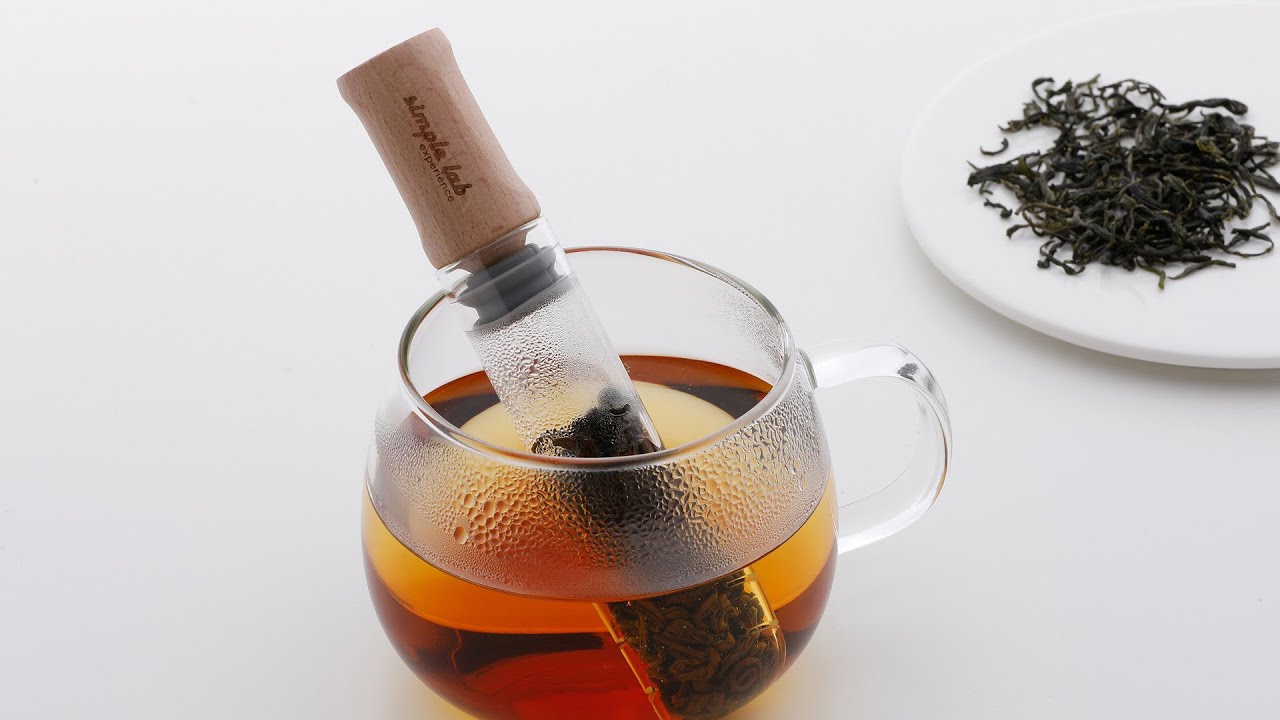

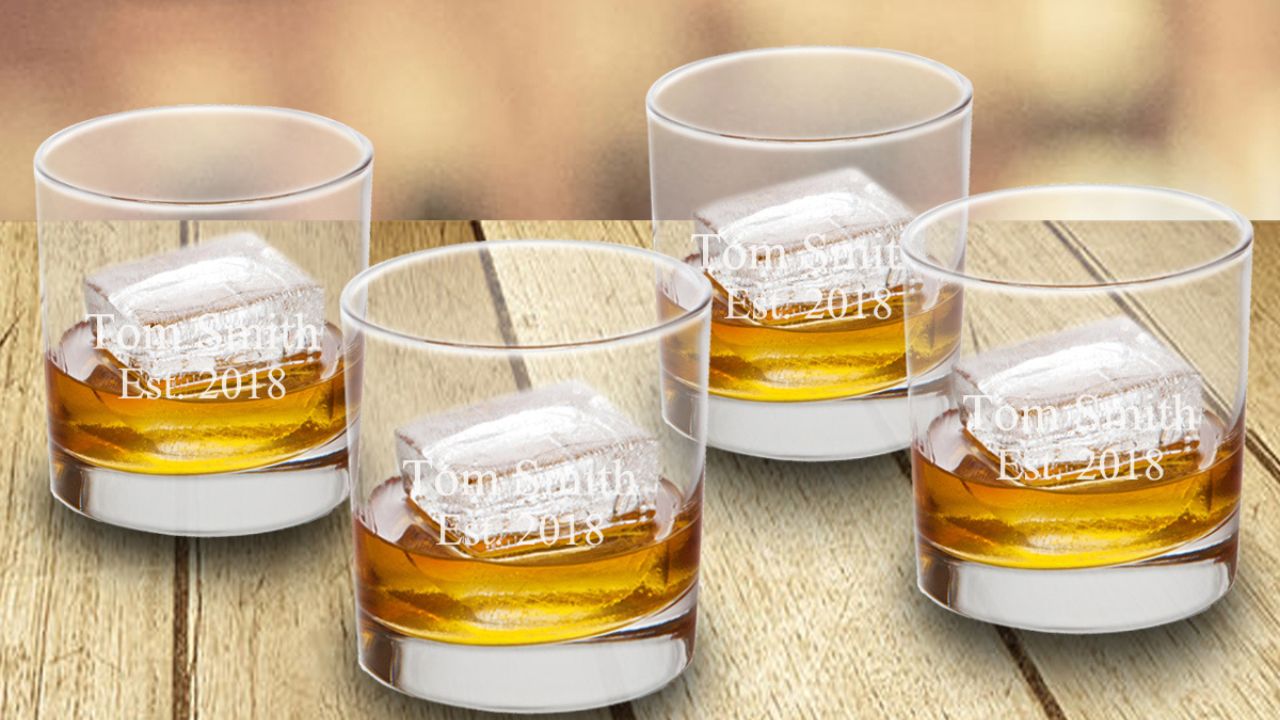
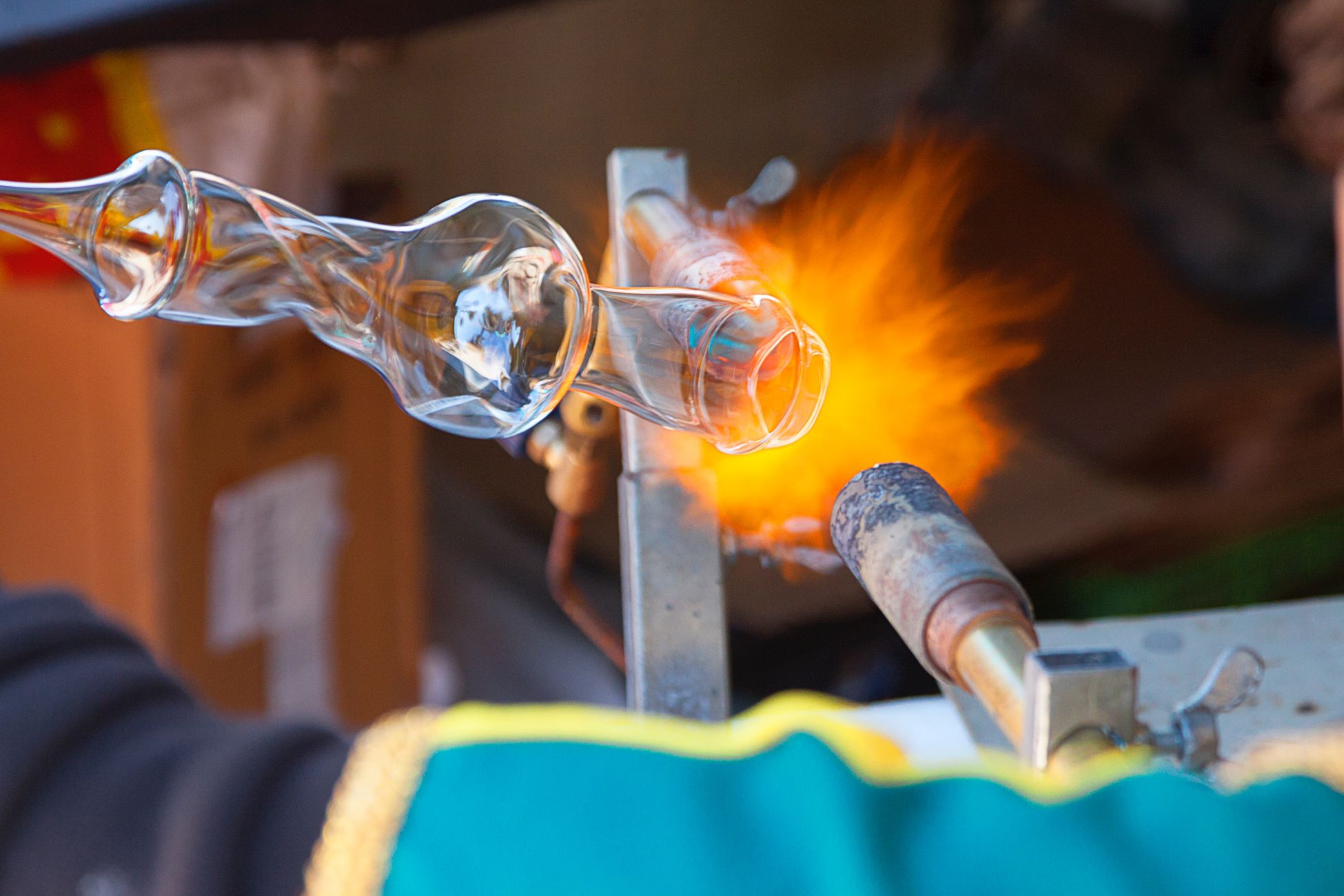
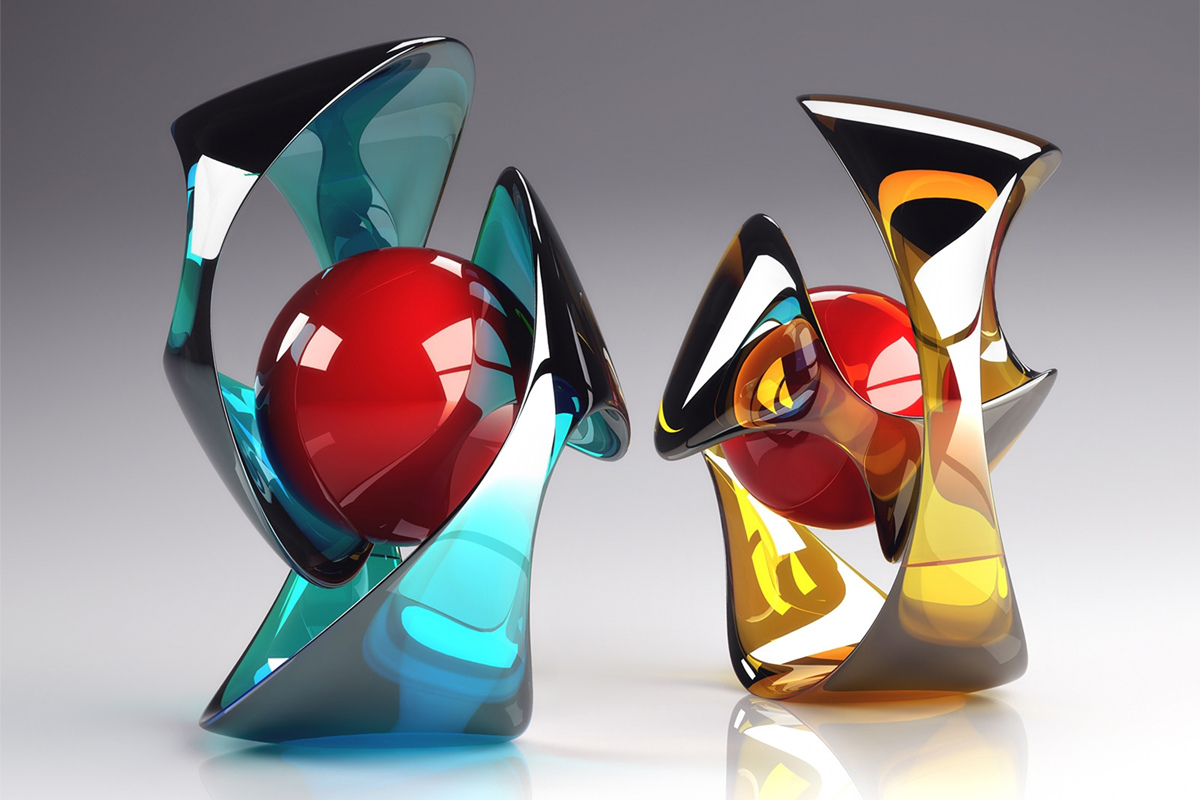

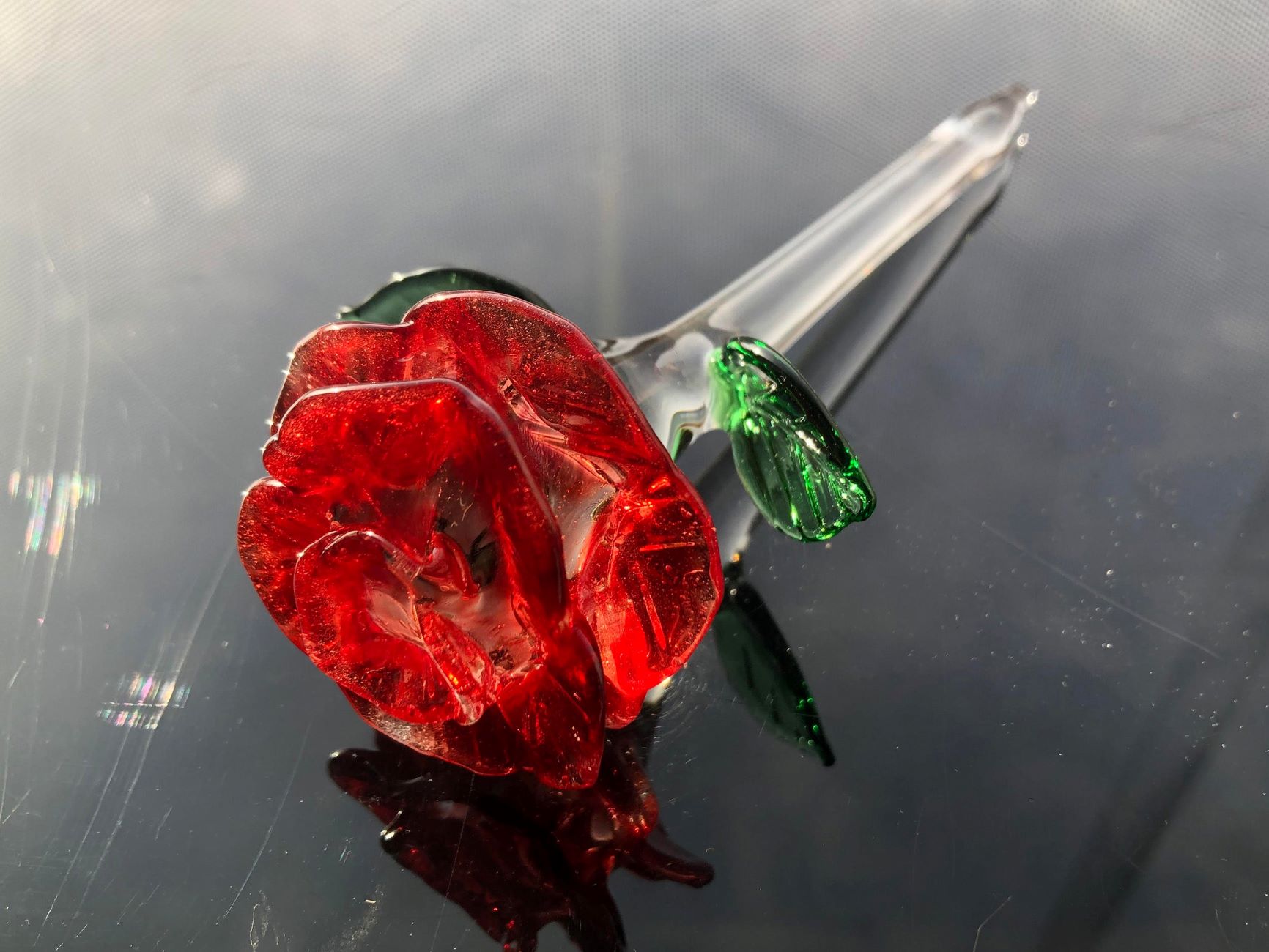
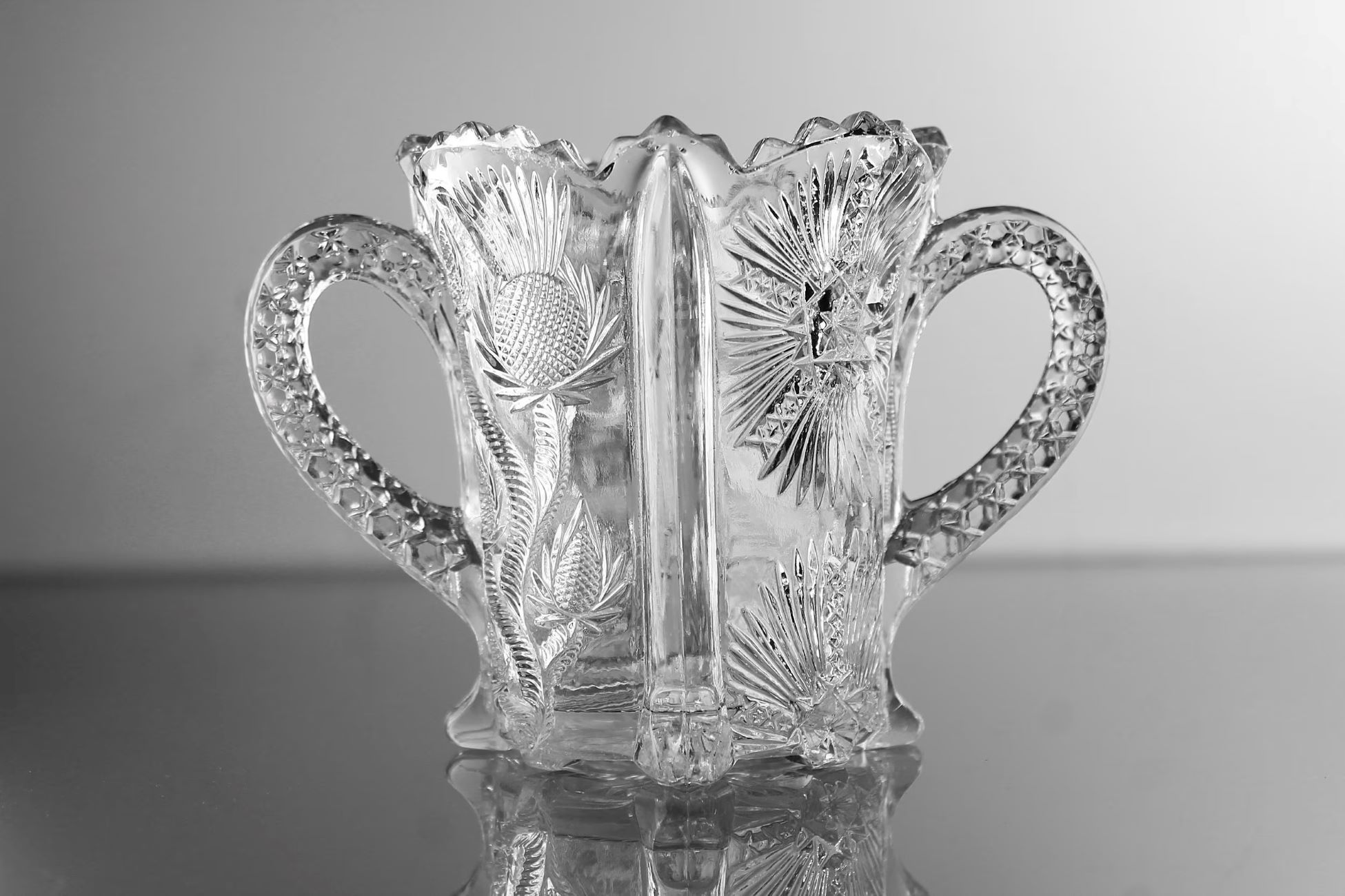
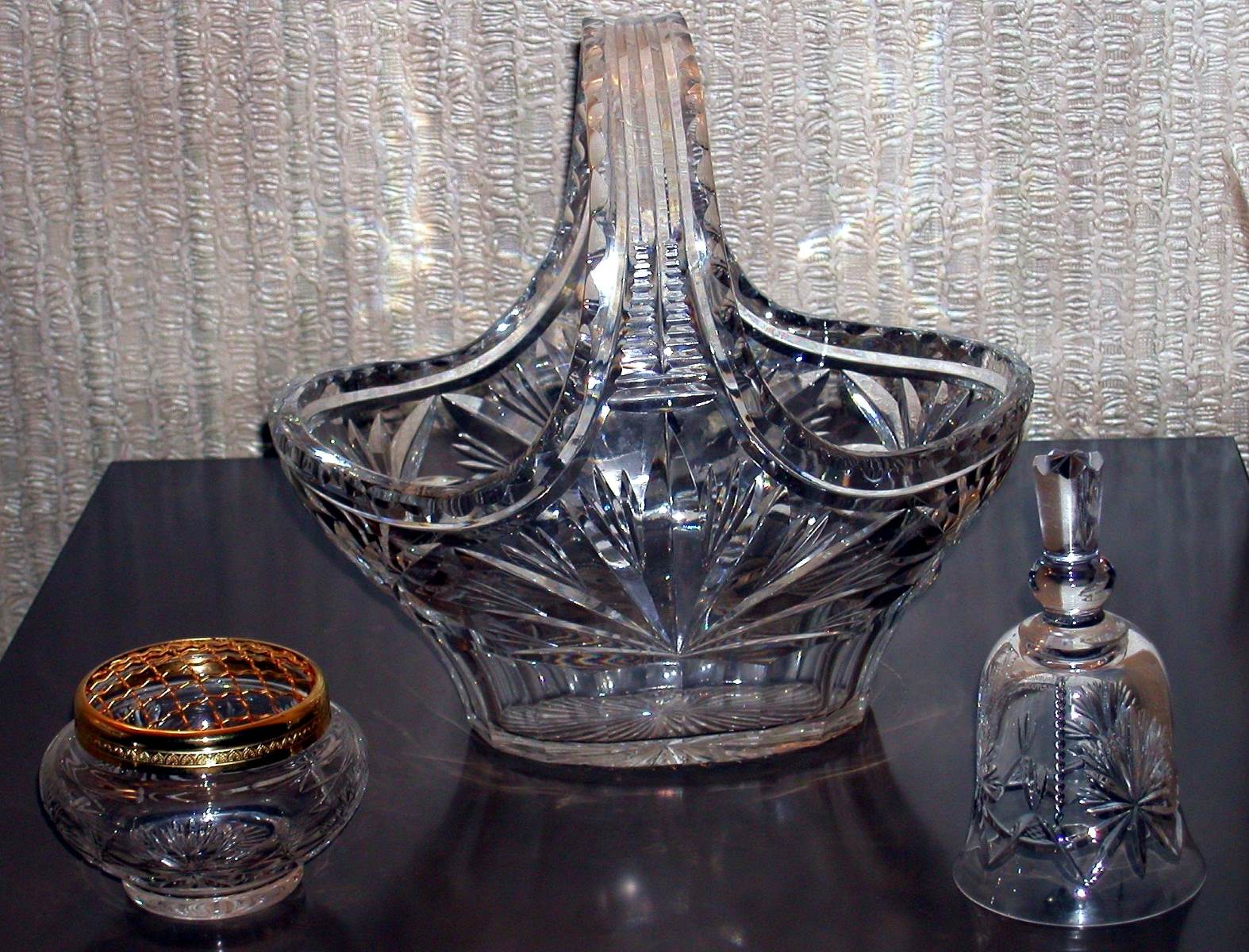
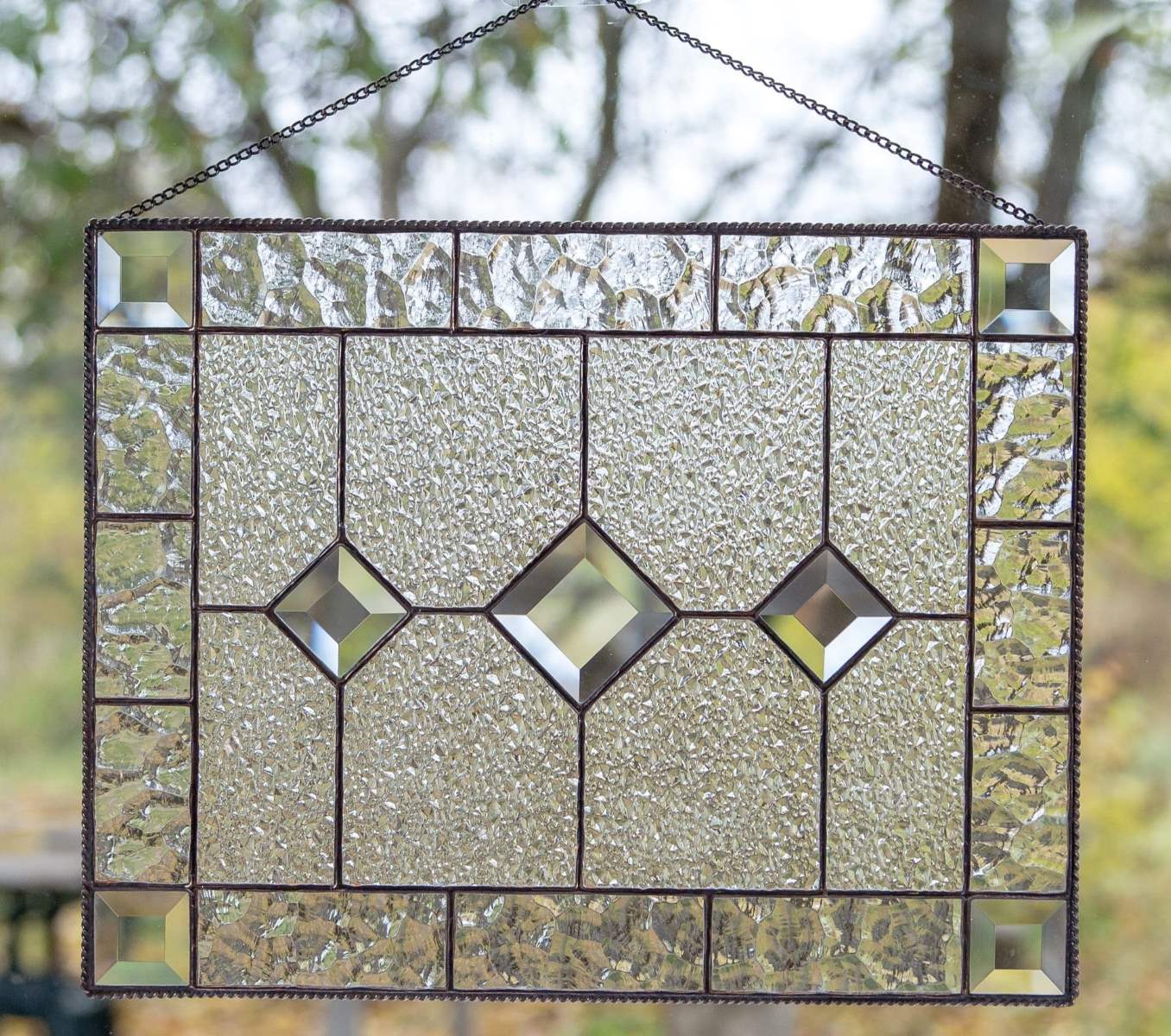


0 thoughts on “What Is Carnival Glass”